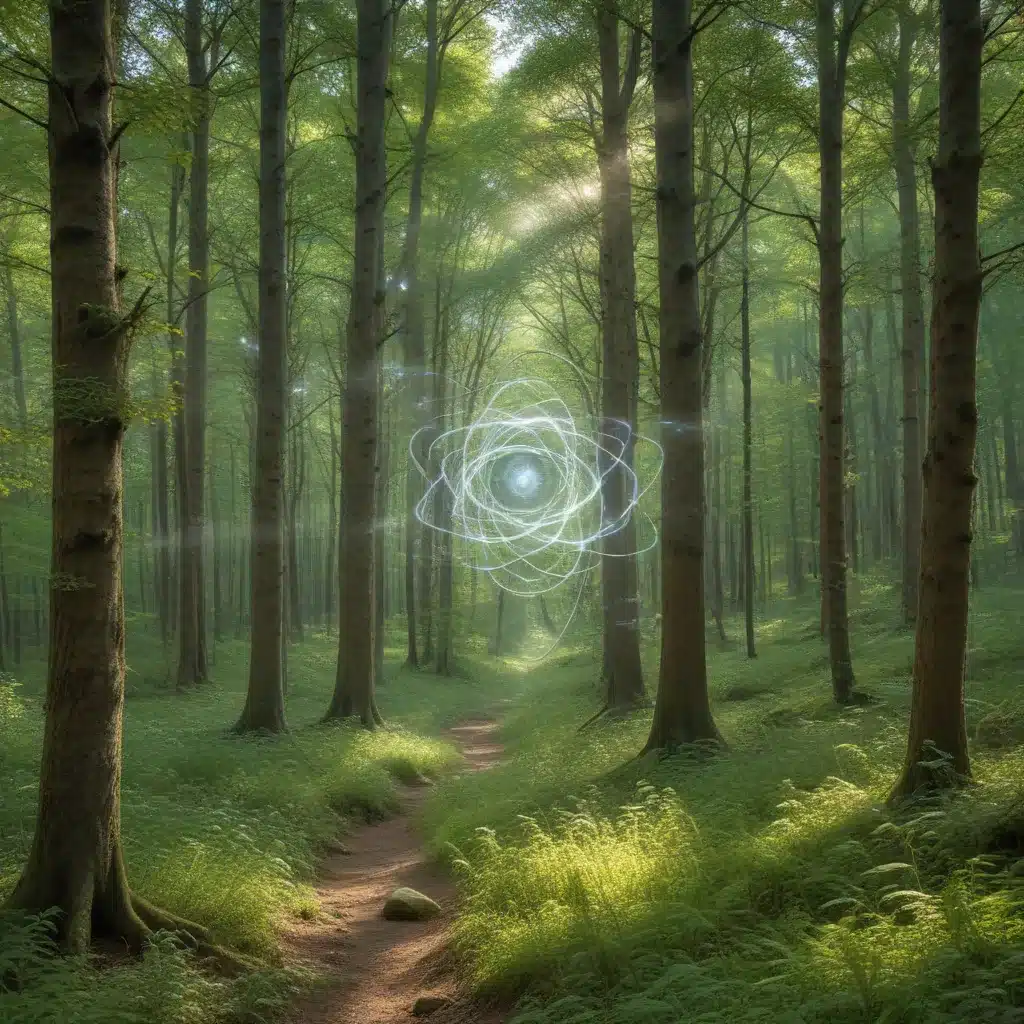
The Quantum Revolution in Technology
Quantum physics has fundamentally changed our understanding of the natural world, revealing a realm where the most basic concepts of our everyday experience are shattered. In the universe of the infinitesimal, particles exhibit both particle and wave properties, their locations defined not by precise positions but by “clouds of probabilities.” Quantum mechanics also describes the quantized exchange of energy between particles, where each packet of energy absorbed or emitted is a precise “quantum” rather than a continuous value.
These strange quantum phenomena, once confined to research laboratories, have revolutionized the technologies we rely on in our daily lives. From the laser to semiconductors and LEDs, quantum theory has enabled a myriad of innovations that underpin modern electronics, communications, and energy technologies. As physicist Alain Aspect remarked, “Quantum physics has already changed the world.”
The Second Quantum Revolution
Yet the quantum revolution is far from over. Since the late 20th century, a “second quantum revolution” has been unfolding, where the most fundamental quantum processes are being harnessed to take our technologies to new heights. This quantum leap in capabilities is being driven by the field of quantum sensing.
Quantum sensing harnesses the unique properties of quantum systems to measure physical quantities with unprecedented precision. By exploiting phenomena like quantum entanglement and the wave-particle duality of particles, quantum sensors can detect the most minuscule changes in fields like gravity, magnetism, and time with astonishing accuracy.
Transforming Scientific Discovery
The transformative impact of quantum sensing is already being felt across scientific disciplines. In astronomy, quantum-based atomic clocks are enabling the creation of the most precise time standards ever achieved, allowing for unprecedented measurements of the universe. Quantum gravimeters can map the Earth’s gravitational field with unparalleled resolution, revealing hidden geological structures and helping to monitor natural disasters.
In neuroscience, quantum sensors are revolutionizing our understanding of the brain. Magnetoencephalography (MEG) systems, which use quantum-based magnetometers, can now detect the faint magnetic fields generated by neural activity with exquisite sensitivity. This allows researchers to study the brain’s functions with unprecedented spatial and temporal resolution, shedding light on everything from cognitive processing to neurological disorders.
Unlocking the Secrets of the Natural World
Quantum sensing is also transforming fields like biology and materials science, enabling new discoveries about the natural world. For example, quantum-based magnetic resonance imaging (MRI) techniques can now observe the delicate quantum mechanical processes underlying photosynthesis in plants, potentially unlocking new avenues for renewable energy.
In the realm of materials science, quantum sensors are providing unparalleled insights into the quantum properties of novel materials, from superconductors to two-dimensional compounds. By precisely measuring the electronic, magnetic, and optical properties of these materials at the quantum scale, researchers are gaining a deeper understanding of their potential applications in electronics, energy storage, and quantum computing.
The Future of Quantum Sensing
As the second quantum revolution unfolds, the potential of quantum sensing to transform our understanding of the natural world is only beginning to be realized. Advances in quantum technologies, from atomic clocks to quantum magnetometers, are poised to revolutionize fields ranging from navigation and telecommunications to medical diagnostics and environmental monitoring.
Through the lens of quantum sensing, we are gaining unprecedented insights into the fundamental workings of our universe, from the vast scales of cosmology to the minuscule realms of quantum mechanics. By harnessing the power of quantum phenomena, we are unlocking new frontiers of scientific discovery and technological innovation, ultimately transforming the way we perceive and interact with the natural world.
The Convergence of Quantum and AI
The synergies between quantum sensing and artificial intelligence (AI) are also poised to drive revolutionary advances. Quantum sensors can generate vast amounts of highly precise data, which can then be analyzed and interpreted by AI algorithms to uncover previously hidden patterns and insights.
For example, quantum magnetometers coupled with AI-powered data analysis could enable the creation of detailed “magnetic maps” of the brain, allowing researchers to better understand the neural mechanisms underlying cognitive function and neurological disorders. Similarly, the combination of quantum gravimetry and AI could lead to the development of early warning systems for natural disasters, by detecting subtle changes in the Earth’s gravitational field that precede seismic events.
As the fields of quantum sensing and AI continue to evolve in parallel, their convergence is expected to catalyze a new era of scientific discovery and technological transformation, ushering in a future where our understanding of the natural world is deeper and more comprehensive than ever before.
Conclusion: Quantum Sensing and the Future of Scientific Inquiry
The emergence of quantum sensing is a testament to the power of fundamental scientific research to drive transformative technological change. By harnessing the most enigmatic and counterintuitive phenomena of quantum physics, researchers and engineers are creating tools that are revolutionizing our ability to observe, measure, and comprehend the natural world.
From the smallest subatomic particles to the grandest cosmic structures, quantum sensing is unlocking new frontiers of scientific inquiry, empowering us to better understand the fundamental processes that shape our universe. As this second quantum revolution continues to unfold, the potential of quantum sensing to reshape our technological landscape and deepen our knowledge of the natural world is truly limitless.
The IT Fix blog is proud to be at the forefront of this quantum revolution, providing our readers with the latest insights and practical applications of these transformative technologies. As quantum sensing continues to evolve, we remain committed to exploring the cutting edge of scientific discovery and technological innovation, inspiring our audience to embrace the transformative power of quantum physics.












